Converti Plane
Anigrand Craftworks McDonnell XV-1 in 1/72 scale
prototype model by Meindert de Vreeze
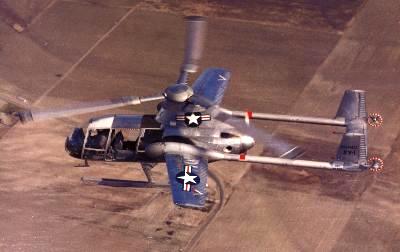
The McDonnell's XV-1 was developed for research to investigate the concept of a propeller driven autogyro with tip propulsion assistance in the blades. In 1954 it was first flown and 2 prototypes were build. It had tip pipes in the blades and was in fact an autogyro powered by a single 550 hp Continental R-975 nine-cylinder radial piston engine. It drove two air compressors to drive the tip exhausts and a two-bladed propeller was mounted at the rear of the fuselage for forward flight. Two small vertical props were mounted at the tail booms for yaw control. It reached a high speed of no less of 320 km/h, but it was thought that the the XV-1 was too complex. Conventional helicopters were also becoming better and faster, so the program was canceled in 1957.
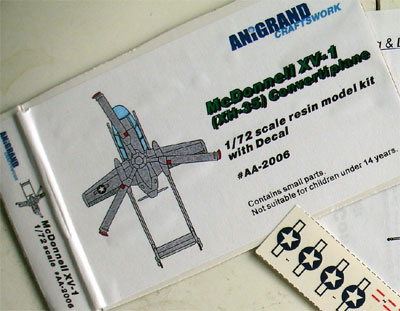
The
Anigrand
resin
kit #AA2006 is the only one in 1/72 scale.
This Hong Kong manufacturer provides you with the parts necessary for the
kit and a small decals sheet. The resin moulded is a bit basic and
not to the highest resin standards seen elsewhere but the about 25
parts give you a nice model anyway. You will need some clean-up, sanding
and filling with putty in areas.
The transparant
parts are vacuformed and very fine.
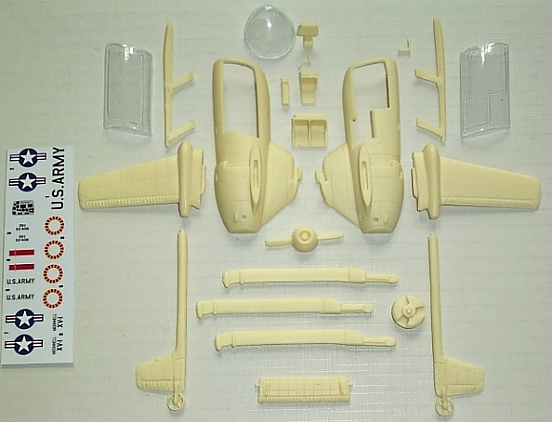
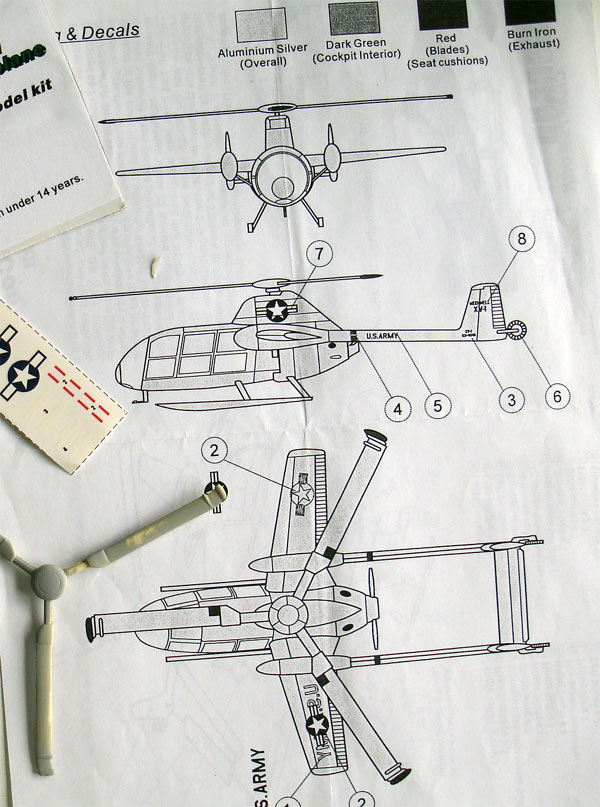
The XV-1 at
this scale is small and particularly the interior needs some fine work
to get a nice result.
No big problems popped up during the construction. Make sure to align the tail boom and small wings to be perfectly symmetrical and horizontal.
The interior
was painted light grey, with red seat cushons, and black instruments and
panels inside.
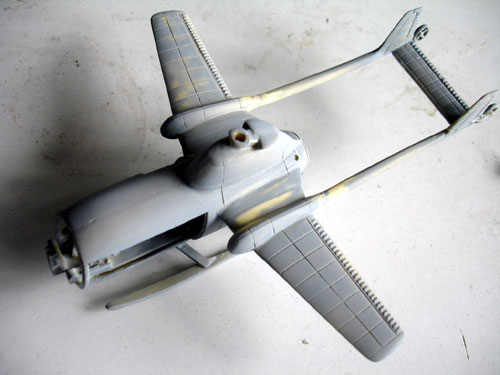
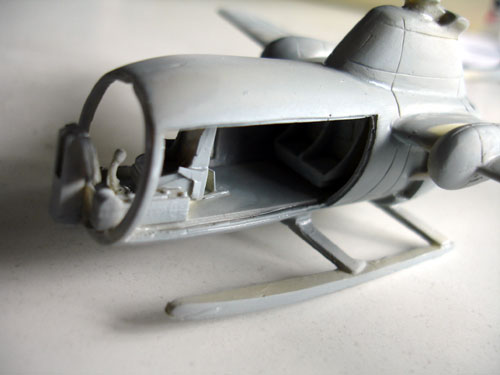
The vacuformed
glass windows need careful cutting and make sure to get the right dimensions.
I used tape to make a pattern to cut from.
For the main rotor, a small hole was drilled to take a metal pin to get a better fix. Also, the tip exhausts were drilled open, as well as the tiny outlets at the rear fuselage.
Any gaps around
the windows were sealed with white glue and after drying the windows weree
masked off.
![]()
Finishing
The overall
finish of the XV-1 is highly polished metal. After the model was puttied
and sanded, it first got a light grey primer coat with the airbrush. After
correcting any flaws, Alclad aluminium
metal
coat was applied with the airbrush; make sure to avoid finger prints.
Most of the decals were OK and were used, except for the small props at the tail. These were painted yellow with red stripes using a very fine brush.
Some details
on the model are red I think, like the tips, bands at the tailbooms and
some panels at the rotor blades.
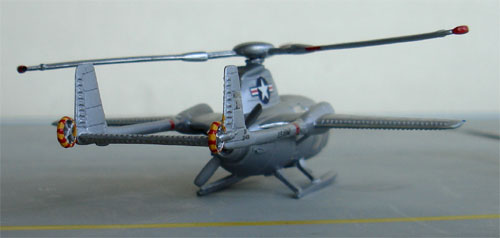
Also, at the
horizontal stabilizer leading edge, two rods were added from metal needles.
I am not sure what they are, maybe weight balances to reduce vibration?
The pitot tube
below the nose and two very tiny red and blue anti-collision lights at
the tips complete the model.
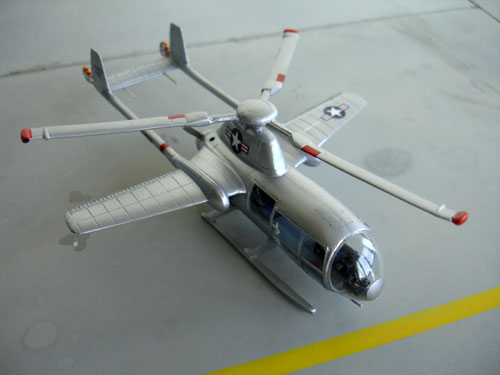
After finishing,
the overall model got a gloss coat of Johnson future to protect the metal
and the decals.
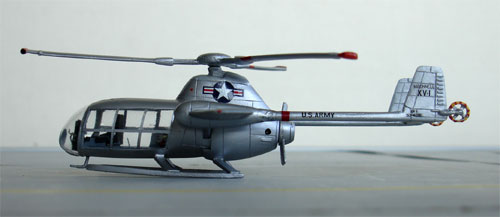
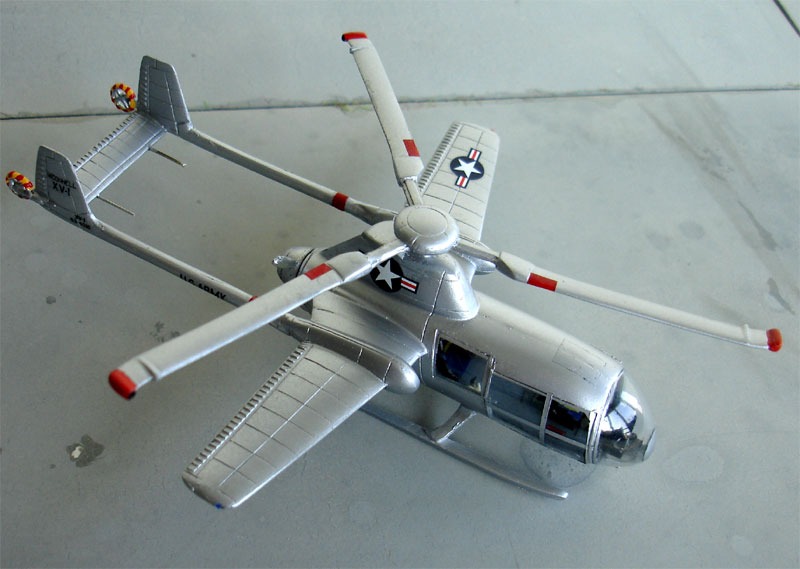
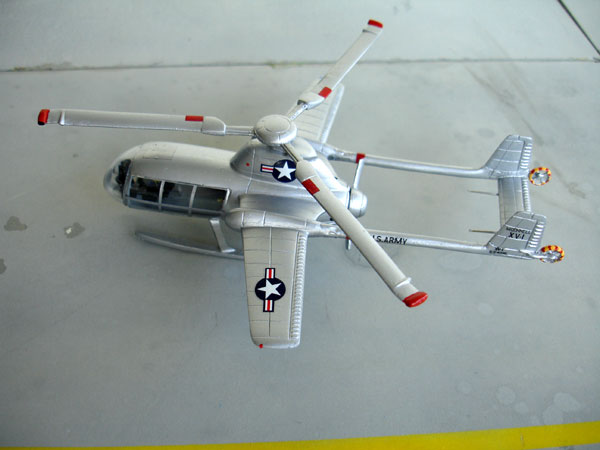
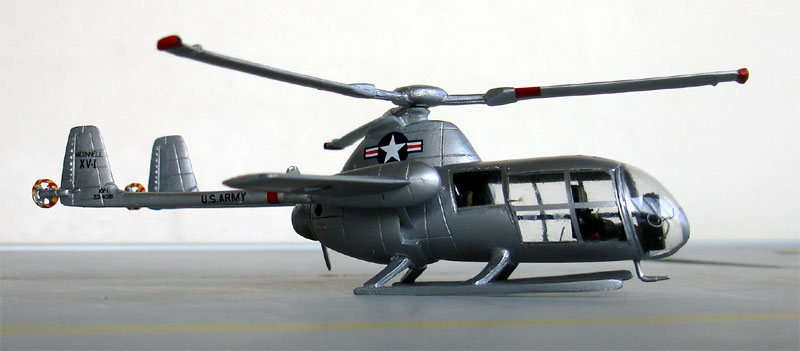
Overall, this remarkable XV-1 autogyro is a nice addition to the helicopter collection... now where is my large 1/32 scale Glencoe kit....
Have a look at another McDonnell helicopter
type... the XHJD-1 Whirlaway..
References
http://www.nasm.si.edu/research/aero/aircraft/mcdonnel_xv1.htm
Back to 1/72 models...

(c) Copyright Meindert "designer"/ All rights reserved. Your comments are welcomed by webmaster